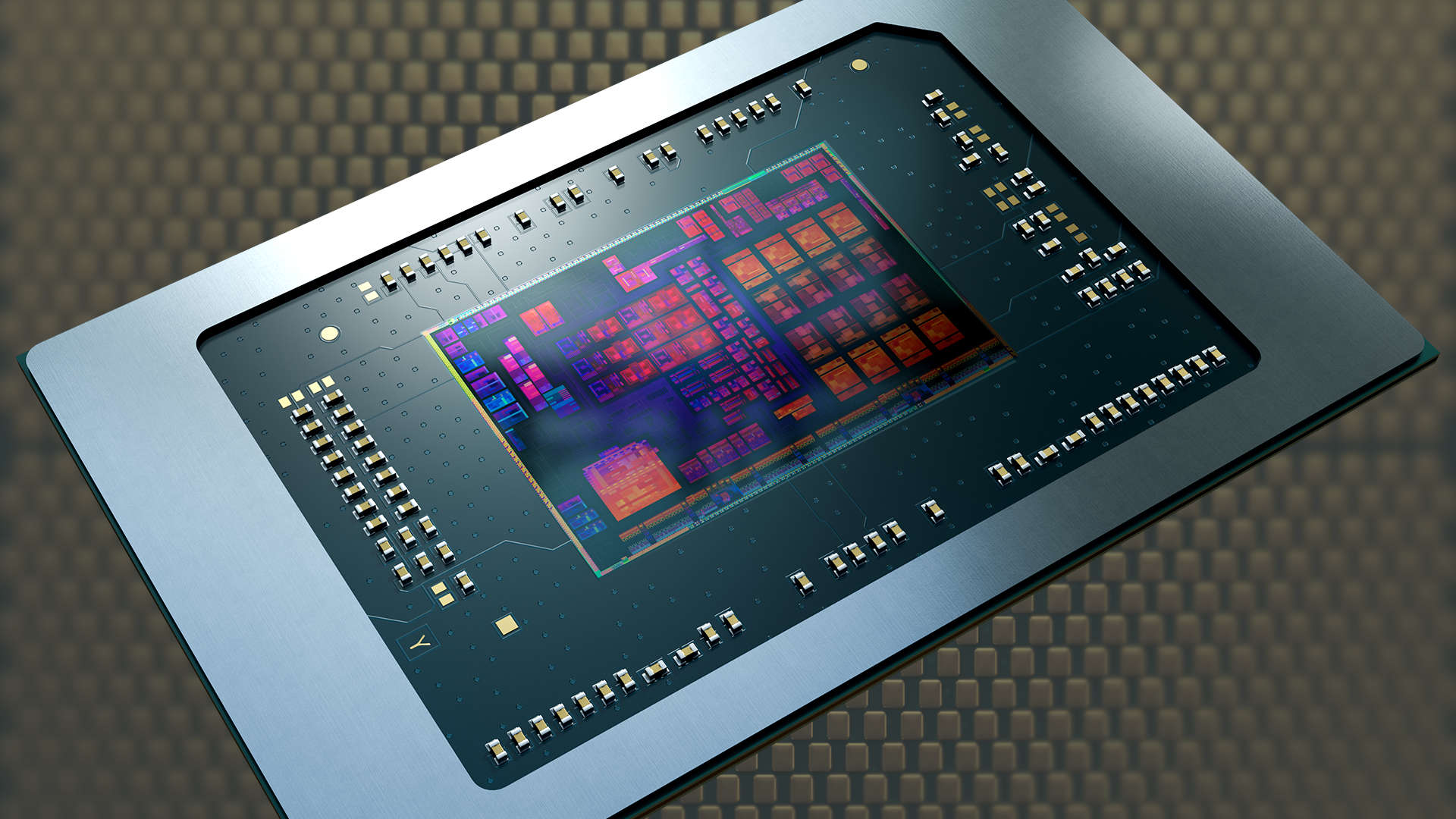AMD's Ryzen 8000-series APUs are looking pretty darn strong
Look out for these chips if you're on a strict budget.

The launch of AMD's 8000-series desktop APUs is drawing closer. Motherboard BIOS' are ready, samples are out and about, and that means tis the season to be leaky.
We expect the new APUs to deliver a big step forward in gaming performance, and though actual gaming performance is still partly unknown, a set of Geekbench entries and the known capabilities of similar mobile APUs gives us a good idea of what to expect.
The Ryzen 5 8600G popped up in the Geekbench database (spotted by Tom's Hardware). They show its Radeon 760M integrated graphics scoring 30,770 and 24,842 in the Vulkan and OpenCL benchmarks respectively. The Vulkan score is notable in that it edges out the massively popular Nvidia GTX 1060. That might not seem particularly impressive compared to current generation mid-range discrete graphics cards, but its very impressive for an integrated solution. The 760M will, of course, use much less power than the GTX 1060 and it should be enough to play all modern games at 1080p if you dial down the settings a bit.
The Ryzen 7 8700G (spotted by Videocardz) includes more powerful Radeon 780M graphics. Its scores are higher at 35,427 and 29,244 in the Vulkan and OpenCL benchmarks. That puts it around the GTX 1650 level. Not bad. Not bad at all.

Best CPU for gaming: The top chips from Intel and AMD.
Best gaming motherboard: The right boards.
Best graphics card: Your perfect pixel-pusher awaits.
Best SSD for gaming: Get into the game ahead of the rest.
It's important to note that synthetic results are not the final word in gaming performance. In the case of integrated graphics, the memory speed in particular heavily influences performance. AMD's AM5 socket only supports DDR5 memory, so that will definitely help.
Both the 8600G and 8700G's integrated graphics are based on the RDNA 3 architecture. That's three generations ahead of the Vega based integrated graphics of 5000-series APUs. It's no leap to assume the new chips will be much faster than their most recent desktop predecessors. On top of that, the 8600G includes six Zen 4 cores, while the 8700G coming with eight. On paper they will be capable allrounders.
Both chips are well worth keeping an eye out for if your budget can't stretch to include a discrete graphics card, or you wish to add one later. The 8600G and 8700G are expected to be announced at CES in the coming days. Cheaper models are likely to be announced as well, though its unlikely they'll be particularly potent gaming options.
Keep up to date with the most important stories and the best deals, as picked by the PC Gamer team.

Chris' gaming experiences go back to the mid-nineties when he conned his parents into buying an 'educational PC' that was conveniently overpowered to play Doom and Tie Fighter. He developed a love of extreme overclocking that destroyed his savings despite the cheaper hardware on offer via his job at a PC store. To afford more LN2 he began moonlighting as a reviewer for VR-Zone before jumping the fence to work for MSI Australia. Since then, he's gone back to journalism, enthusiastically reviewing the latest and greatest components for PC & Tech Authority, PC Powerplay and currently Australian Personal Computer magazine and PC Gamer. Chris still puts far too many hours into Borderlands 3, always striving to become a more efficient killer.

